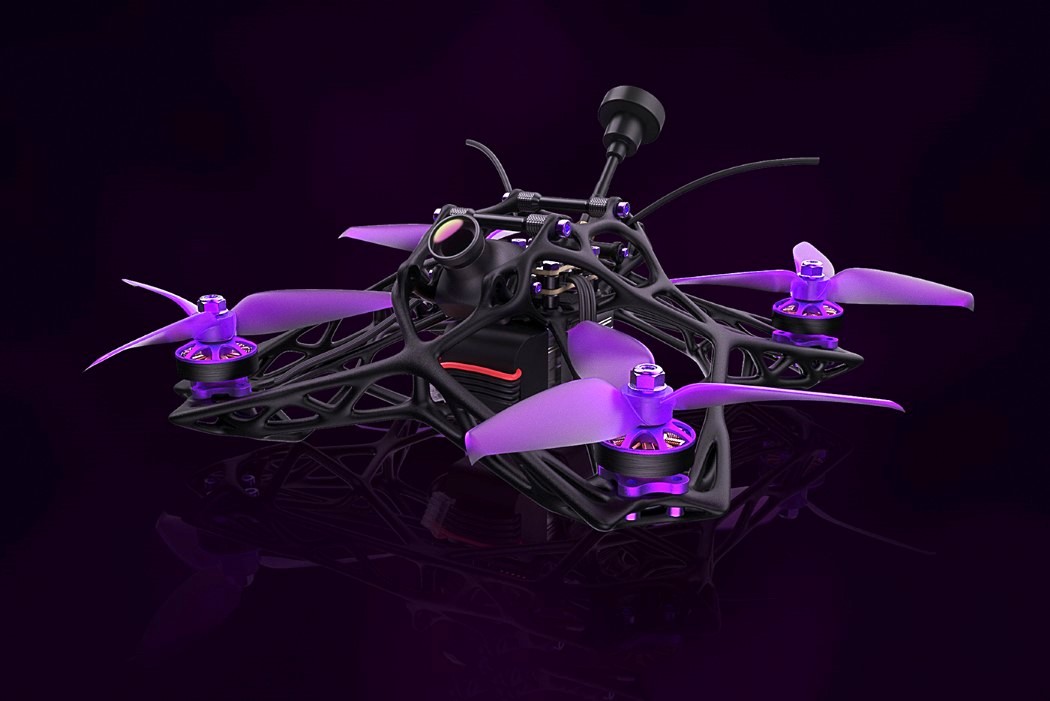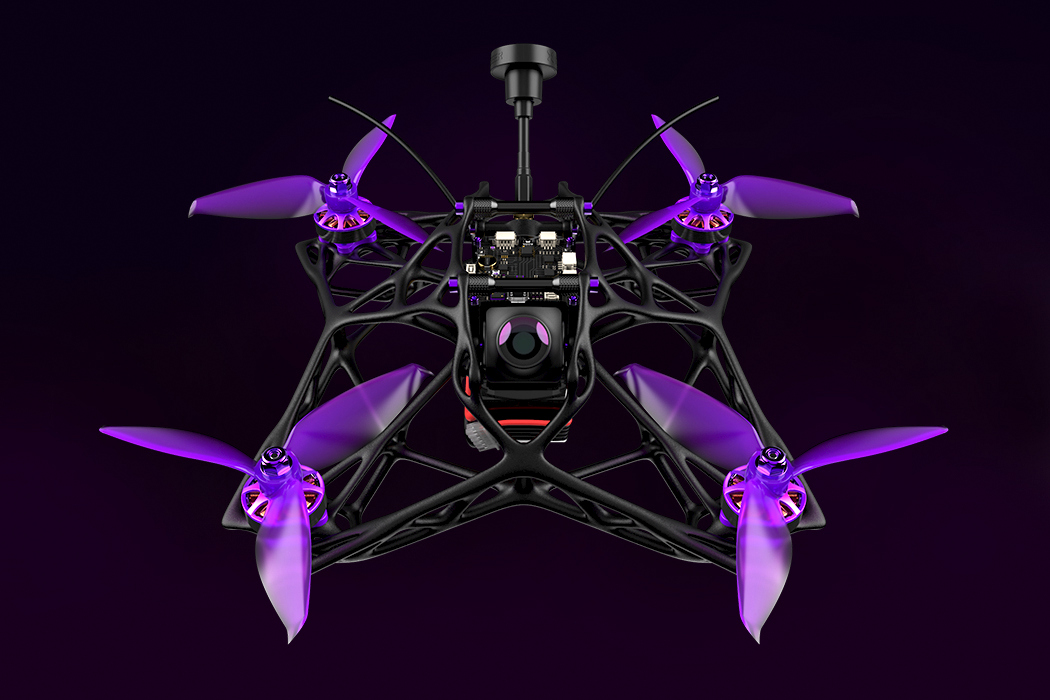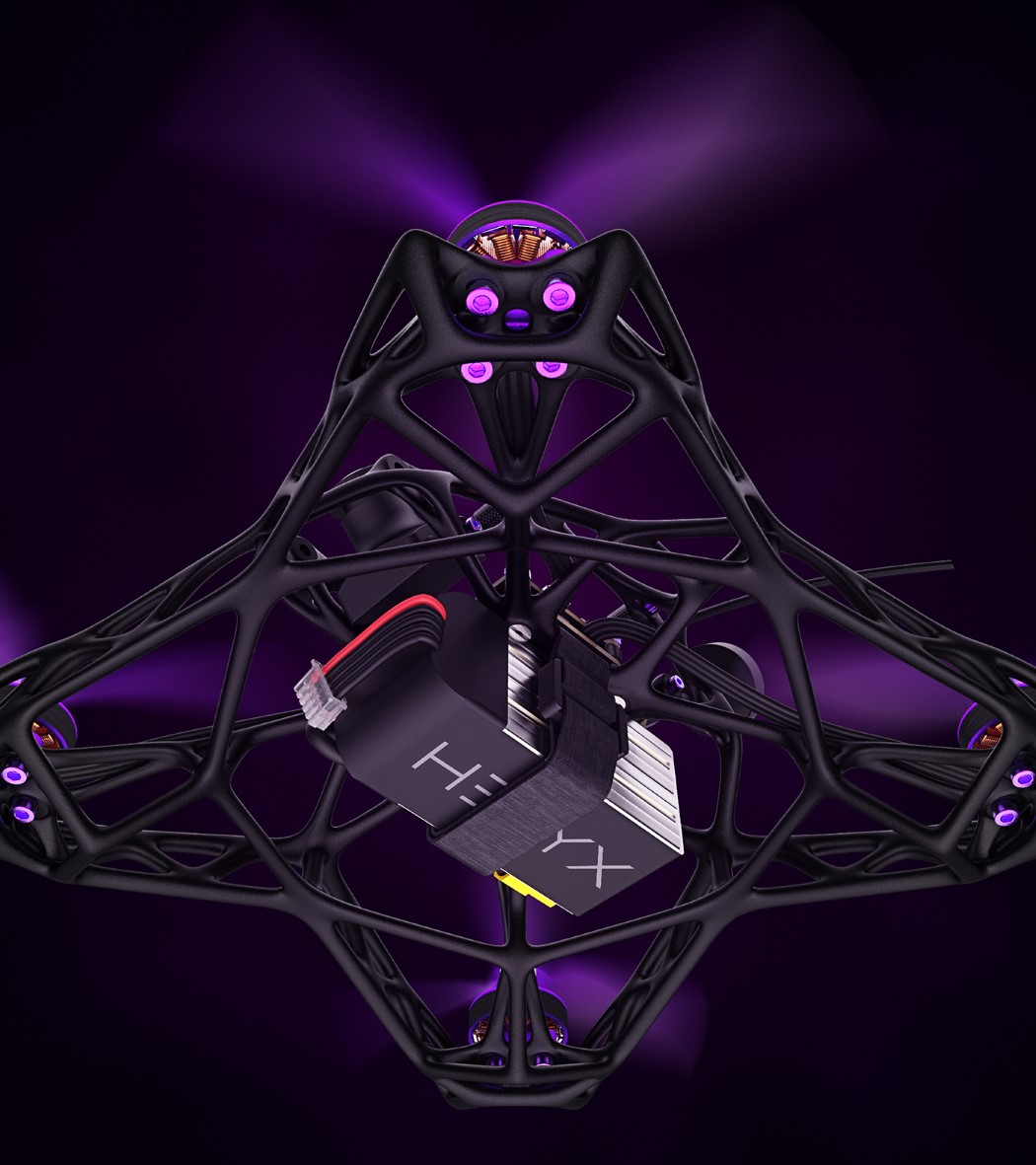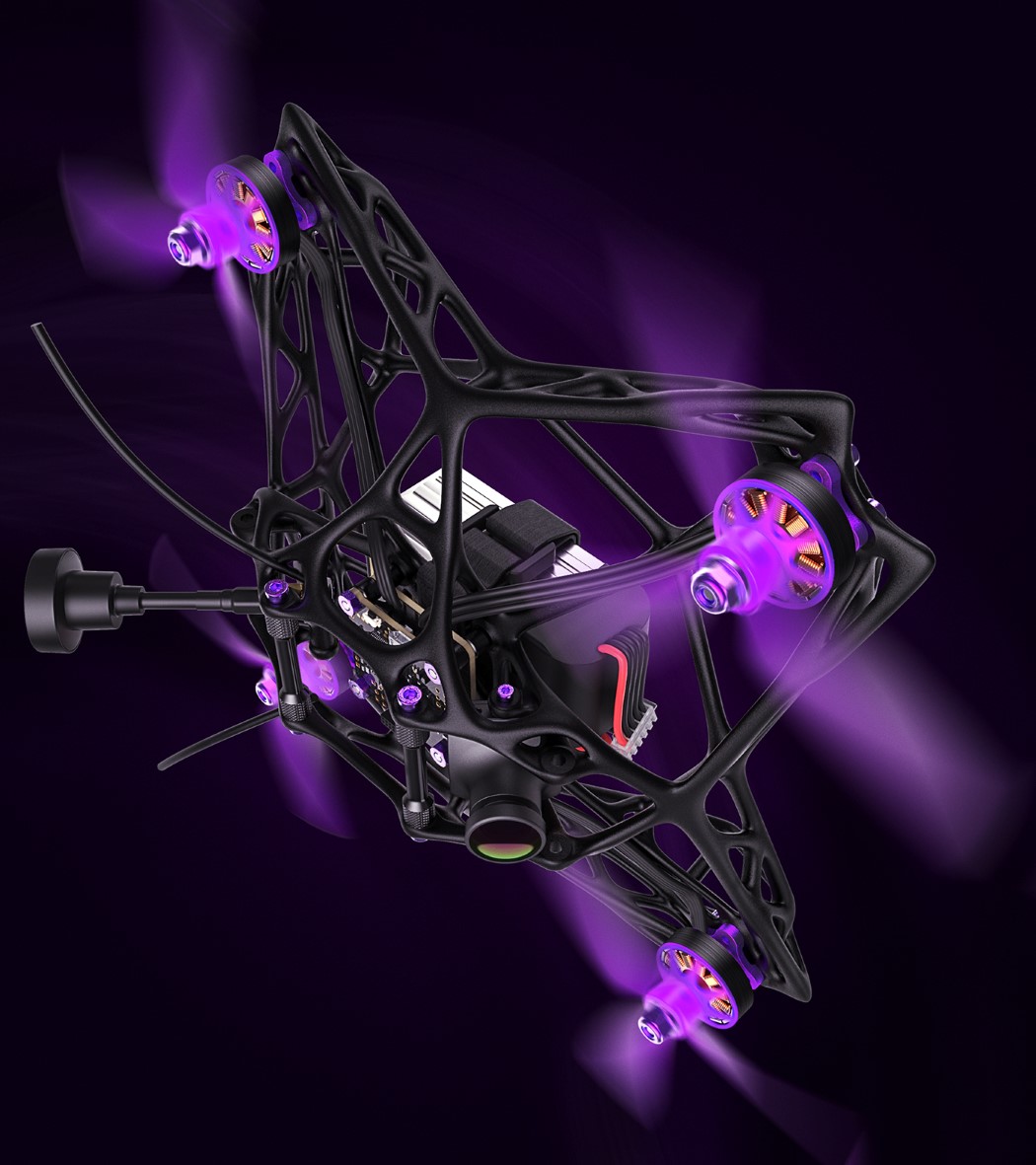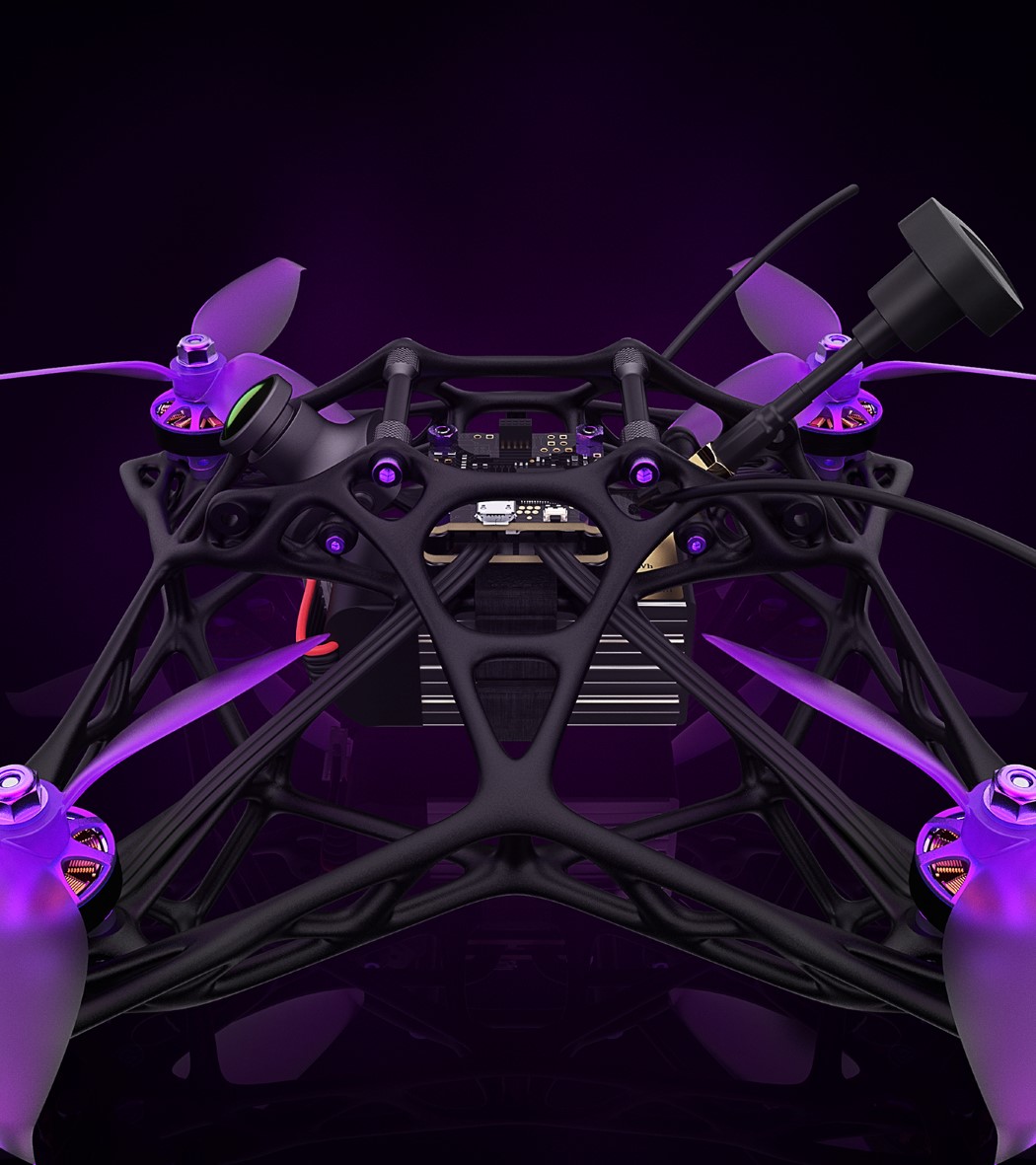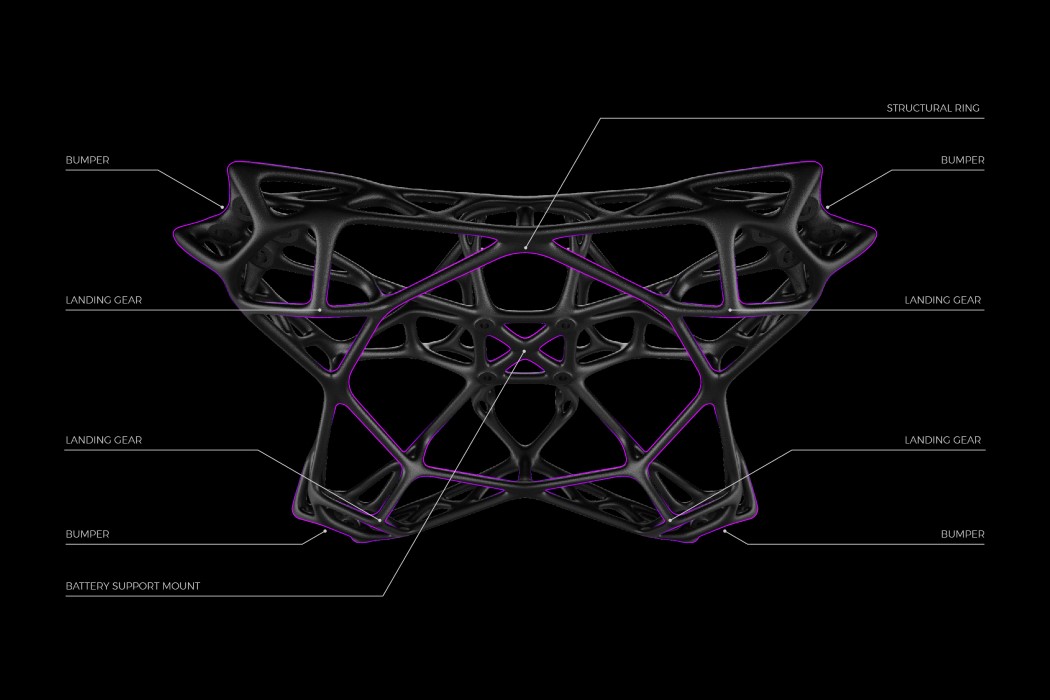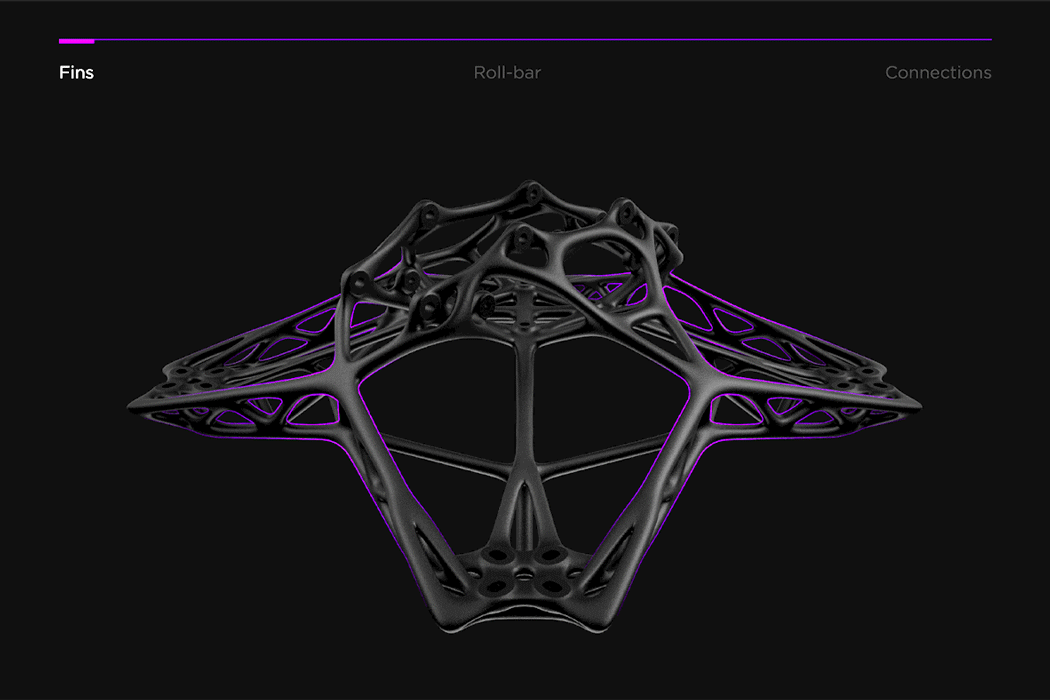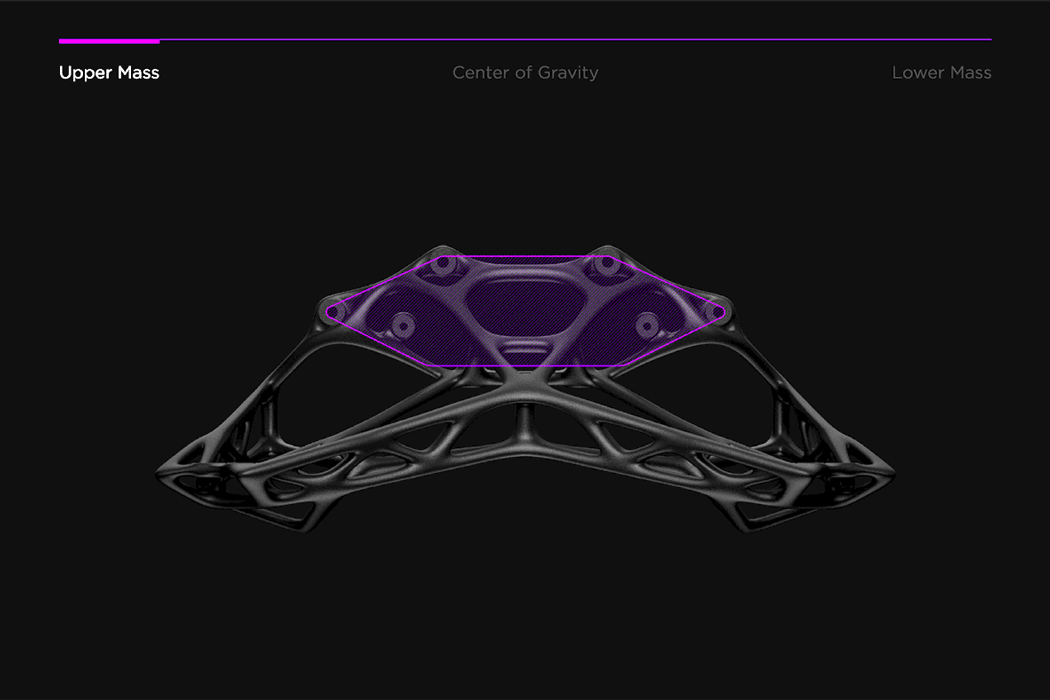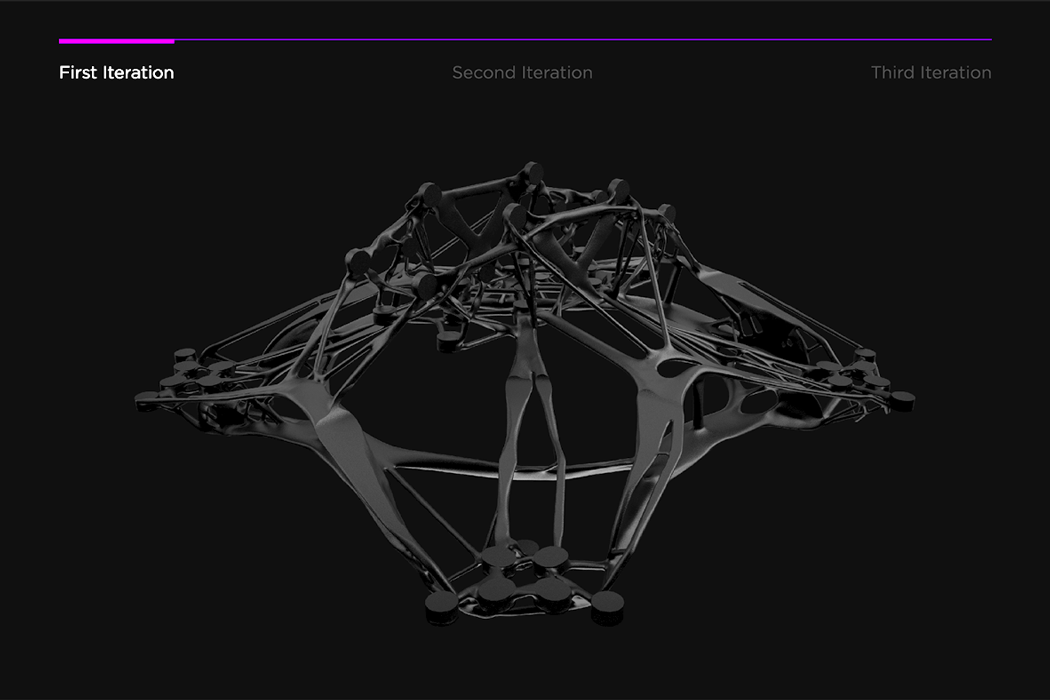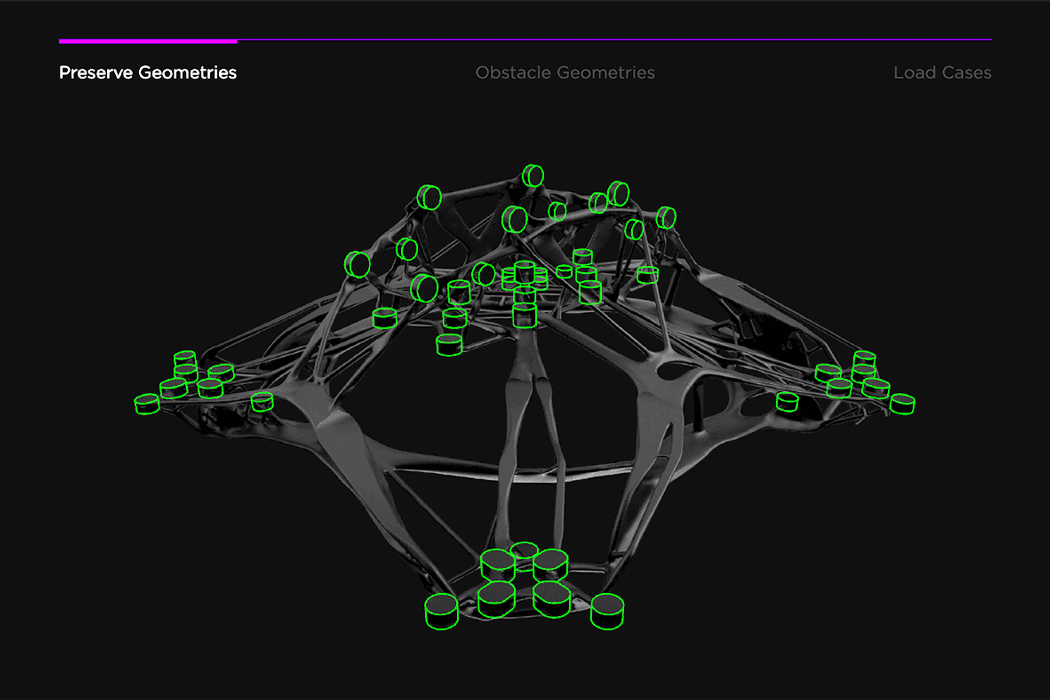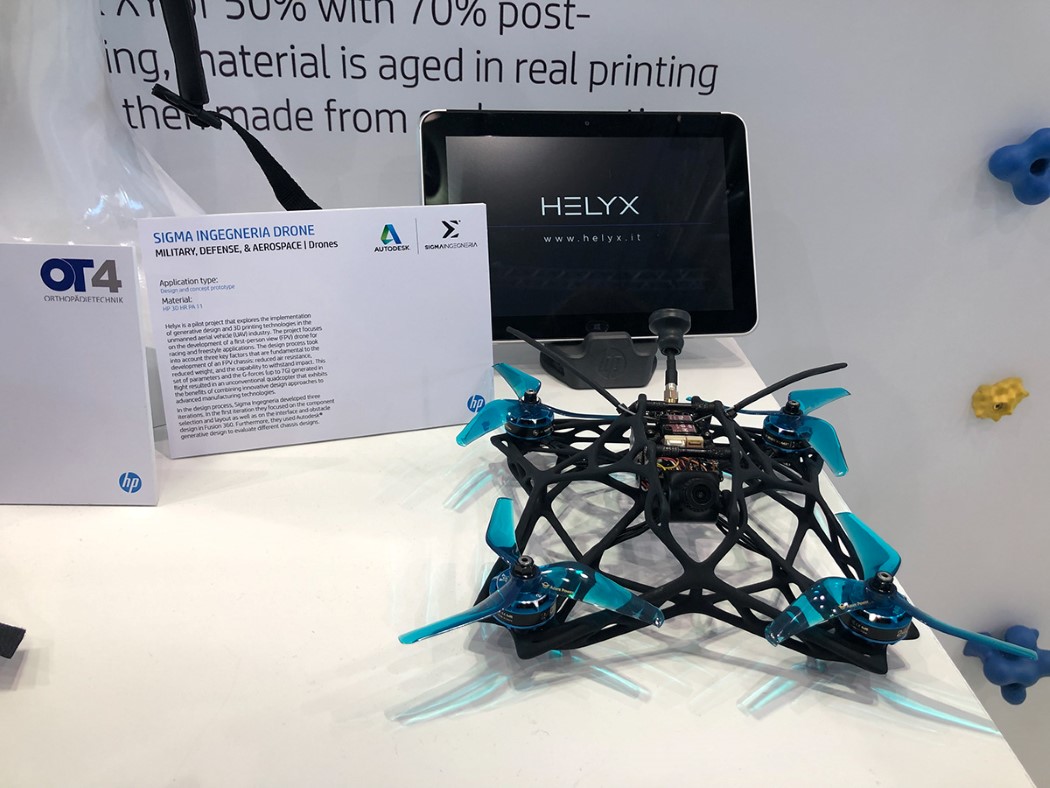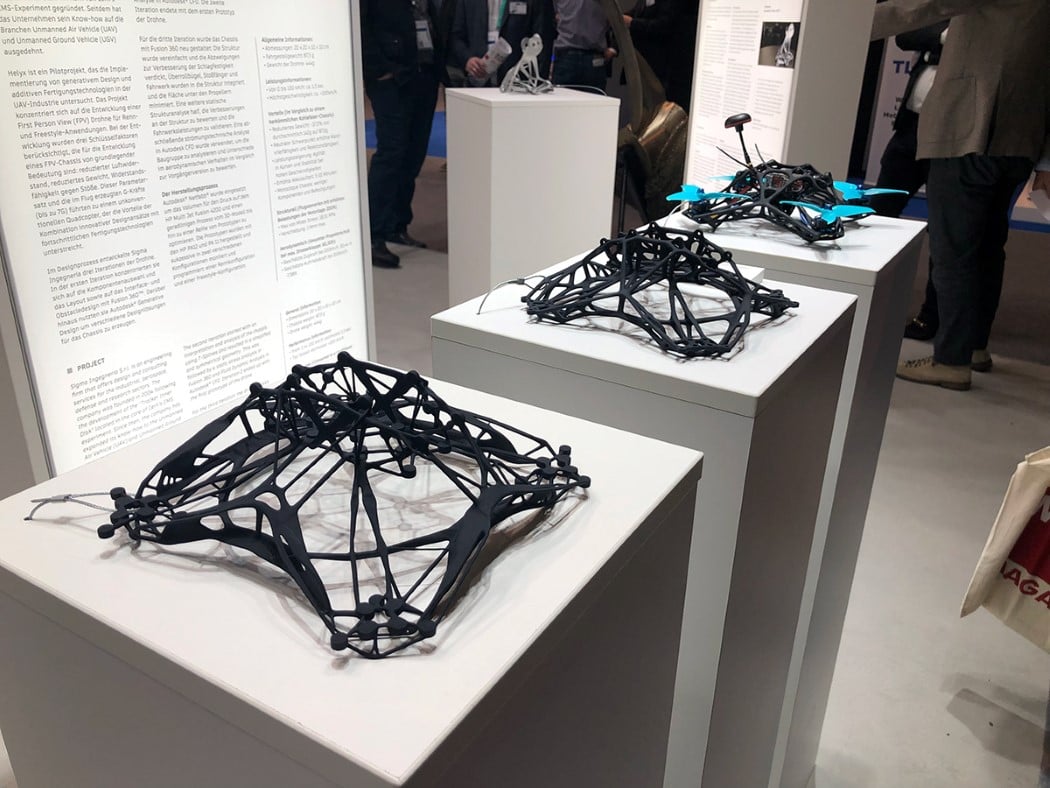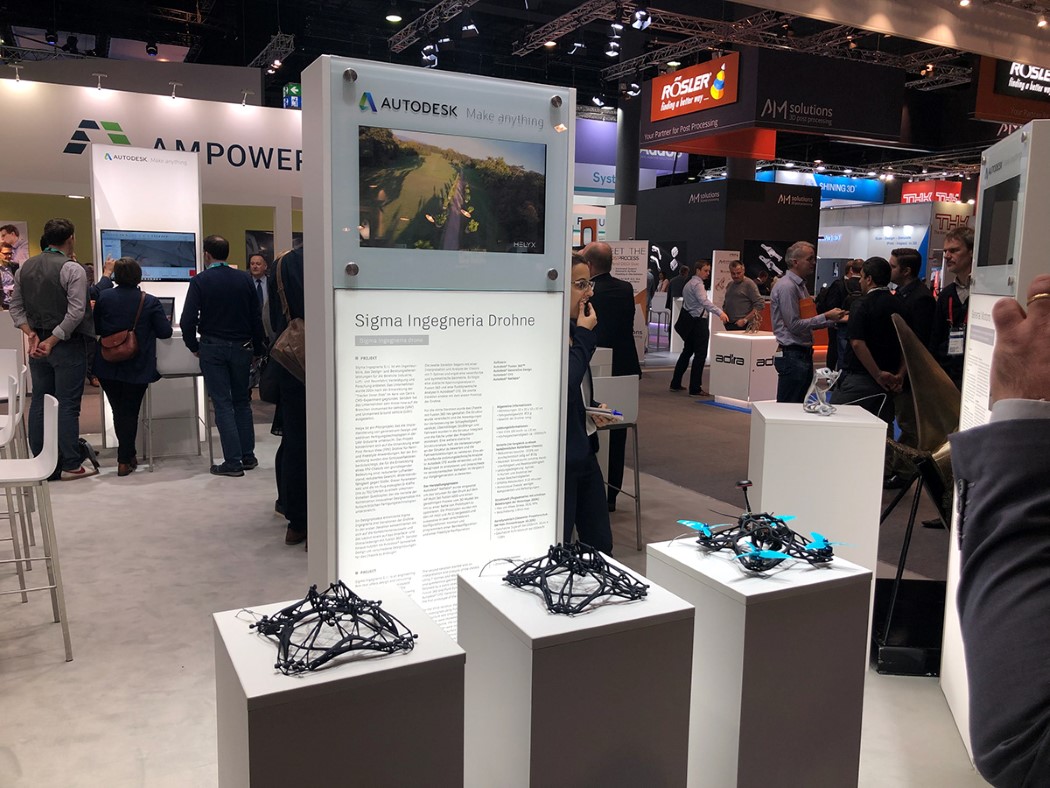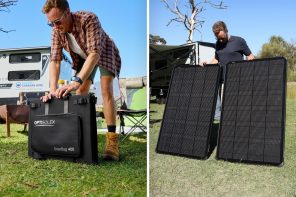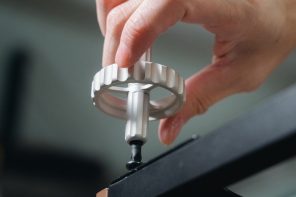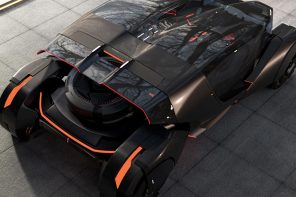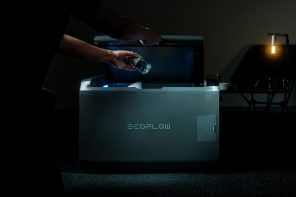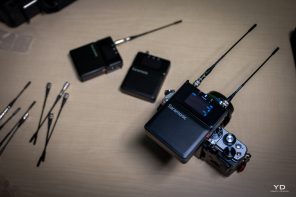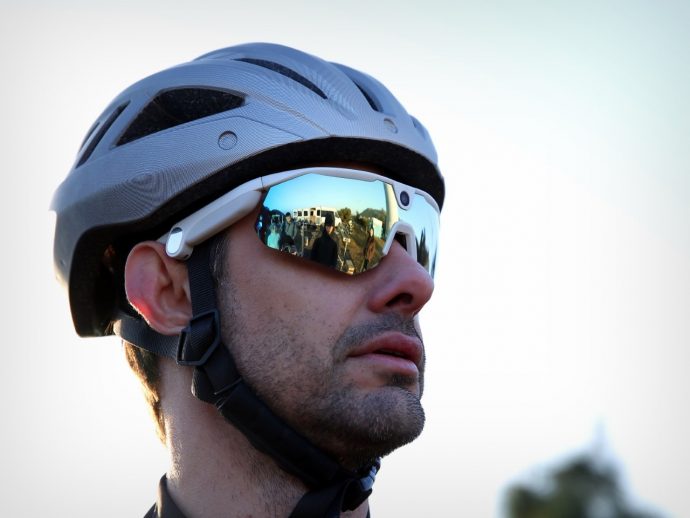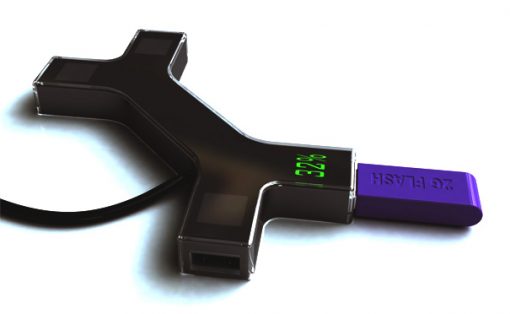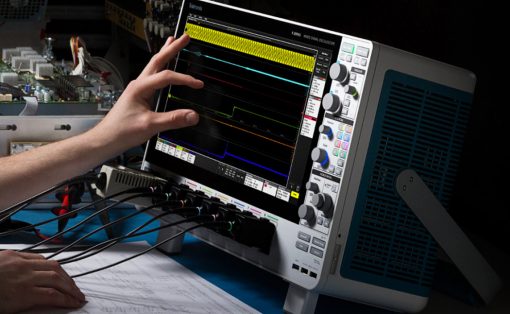Mirroring the design process you’d see in a Formula 1 racecar, where aerodynamics, weight, and strength play incredibly key roles in the design process, Helyx is a drone that’s built for racing, and boasts of a unibody chassis that’s designed entirely using organic generative design. With a skeleton that feels almost animalistic, the Helyx quadcopter is incredibly light, weighing just 87.5 grams, and boasts of a max speed of a staggering 208km/h with an acceleration of 0-100km/h in 1.2 seconds. To put that into perspective, the Helyx Drone accelerates faster than the Tesla Roadster, which takes nearly 1.9 seconds to reach 100km/h. The top speed of 208km/h also makes the Helyx one of the fastest drones in the world.
While a lot of Helyx’s credit goes to the spectacular engineering, its generative design monocoque gives it a distinct advantage over most other drones. The Helyx’s body combines all aspects critical to drone design, with structural pillars, landing gears, bumpers, and load distribution built right into the drone’s singular skeleton. 3D printed using the HP Jet Fusion printer (probably out of carbon fiber), the drone was tested by FPV champion Guiseppe Renaldi in perhaps one of the most stunning, dizzyingly fast videos above.
Designers: Sigma Ingegneria, Tommaso Pardini & Andrea Rocchi.
